Sumbawa: The sweet idleness
Indonesia is a true tourist magnet. Finding a calm and abandoned spot is quite rare. Sumbawa is such a place. If there wasn't the big announcement of a muslim wedding.
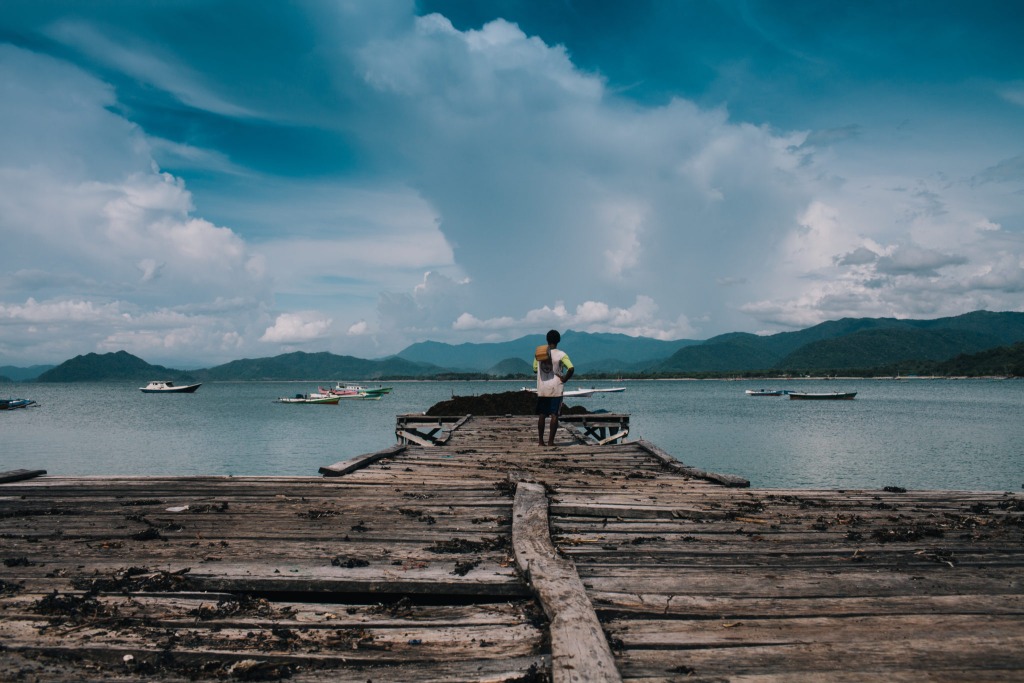
“Mister! Mister!” the children call, sitting in small groups on the ramshackle truck. They hop into the air a bit with every hole we go over, anticipating each one. Their laugh is contagious and so is their good mood. “Mister! Mister!” they repeat impatiently. They are expecting a hello or a wave, even if the Mister actually isn’t a Mister. But who cares?
The little ones call all tourists here “Mister” – after all, they don’t drop by often here in Sumbawa. It’s the ninth largest island of the 17,508 islands that make up Indonesia. At the same time, it is one of the least-visited islands, as it doesn’t have the usual tourist attractions, like parties, Western restaurants or masseuses on every corner. There is also no traffic, clubs or bars, no quinoa chia smoothie bowls. Today’s solo travellers mostly spend time in the hip cafés of popular holiday destination Bali or lying on the hammocks of the Gili Islands. Adventurers are drawn to Lombok, where they climb the Rinjani volcano.
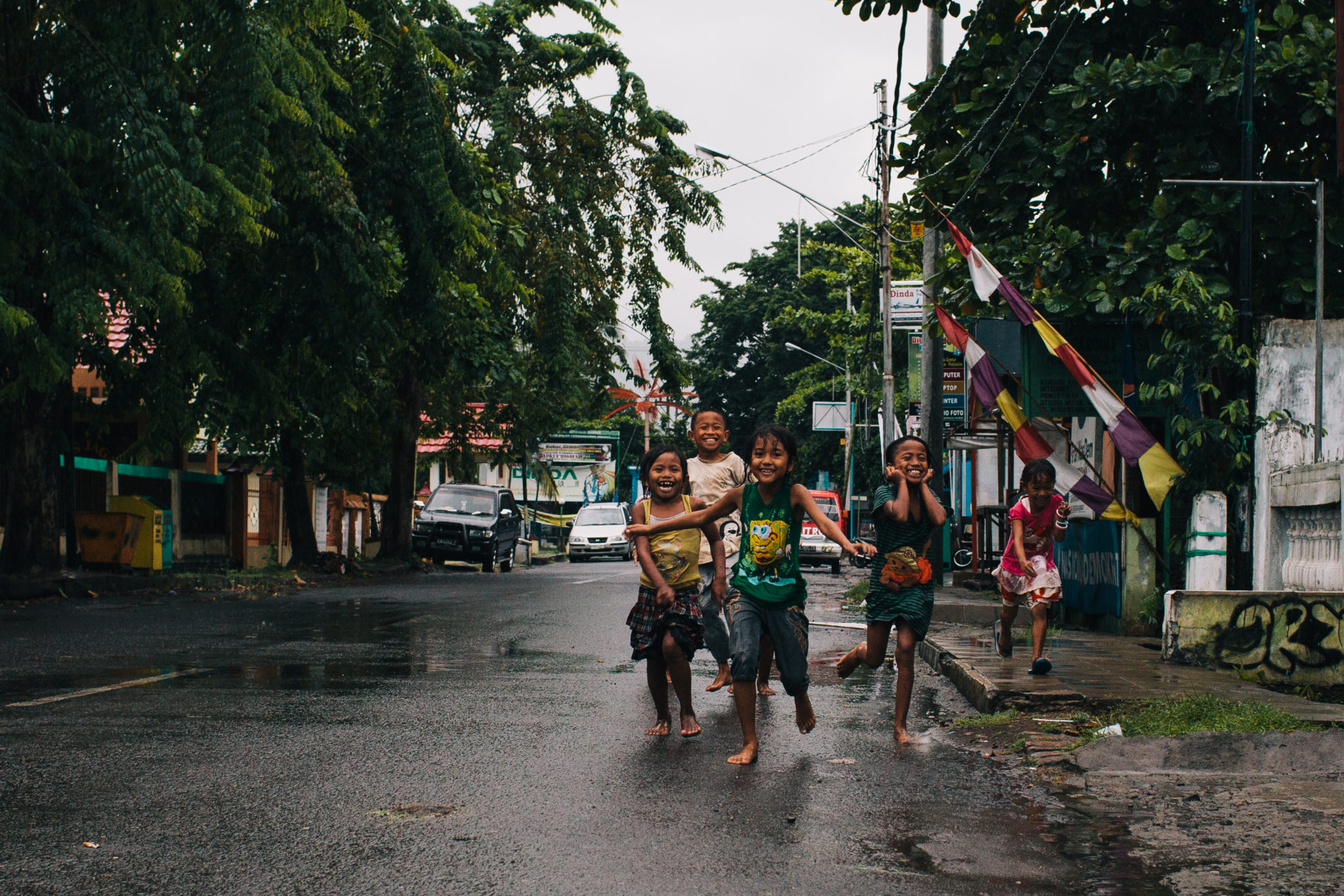
And everyone else is probably in Thailand or the beer parties of Laos. They all firmly believe they are in the midst of it all: meeting locals, really seeing the country and finally getting a proper look into the culture of a country, broadening their horizons. But really getting to know a place, experiencing how it was before tourist development set in, is very rare these days – except for in small, hidden places like Sumbawa.
Lakey Peak: A surfer’s nature peak
From the the island’s largest city, Bima to the centre of the island, the potholes get bigger. Now and then, water buffaloes stop the traffic when they go from left to right, water hole to water hole. Sumbawa is hilly and green. There are no sights apart from the nature, which turns out to be actually quite enough. There are the surfers, who want to surf the constant waves at Lakey Peak. Tey want to get to know the Indonesia that Bali perhaps once was; back when the kids still ran excitedly down the street at the sight of tourists, when a homestay was still simple at the home of a local, no air conditioning, warm water or Wi-Fi. Back when the locals wanted to show newcomers their home, their island, their village.
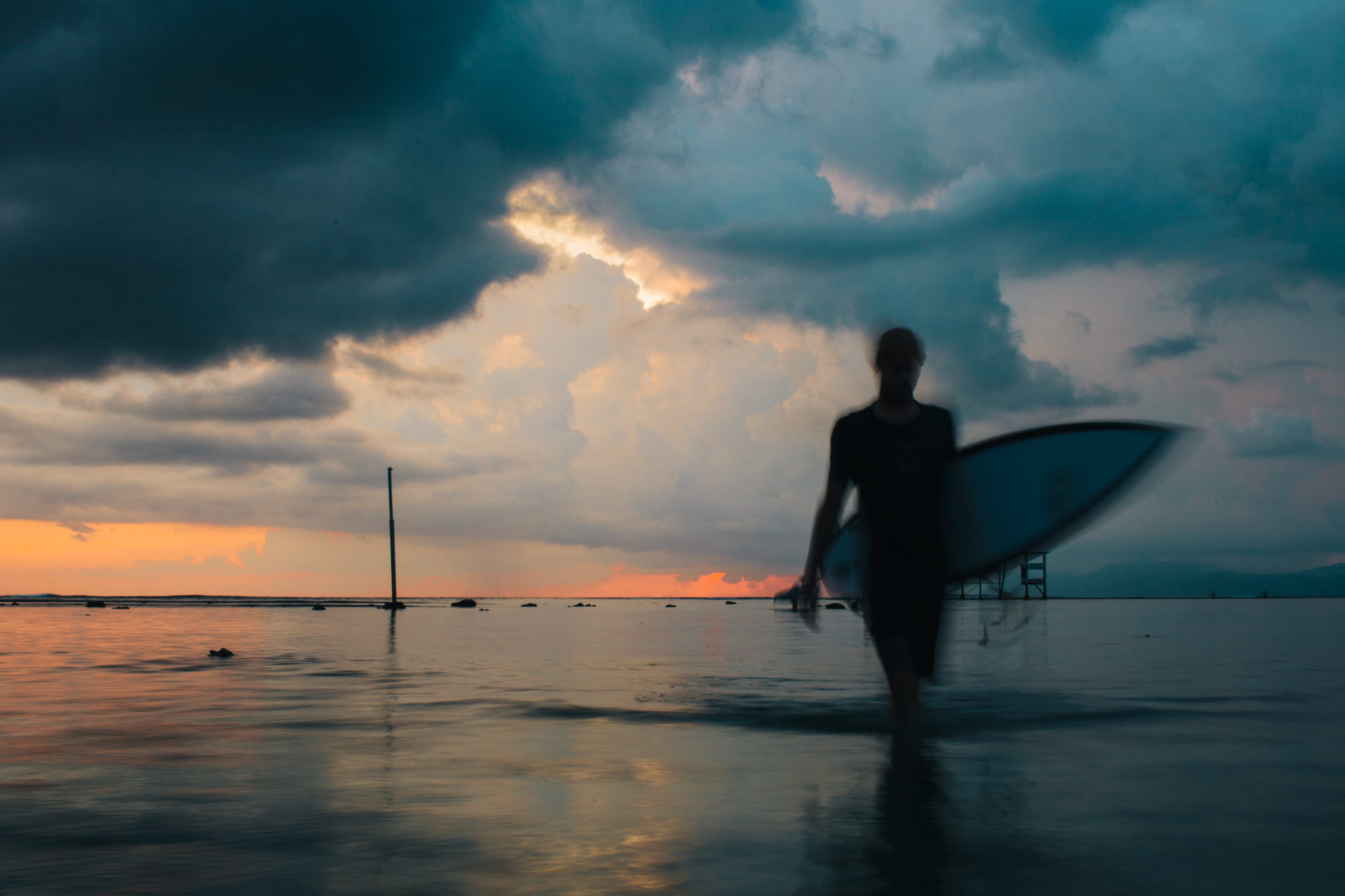
Wahid is one of those people. He appears out of nowhere and stands there, for no reason, giving us a friendly smile. He wants to help, just like everyone else here, even if the travellers aren’t lost. Wahid waves and calls, “Yes, room?” – a saying that is known throughout Indonesia.
When the big boats or buses arrive at the end station or harbour, you hear it from every corner. Many just do it for the money, but not Wahid. He means it sincerely. A gravel track connects the main street in the city of Bima to the sea and the homestays dotted around the beaches of Subawa.
There aren’t many, though, so you get the feeling that all visitors to Sumbawa must be spending the night there. It seems somewhat abandoned, but behind the palm trees, there is a constant rushing.
Only a lucky few get a glimpse of what has drawn people to the island: a wave perfectly breaking to the left, straight out of a photography book. Now and then, black dots move around on the wave. These are the surfers who have come to Lakey Peak, to ride waves from dawn til dusk.
The surfers rarely leave the line-up, the place where together they wait in the open sea for the right moment to paddle into a wave. When they do tear themselves away from the water, they go to cafés where they drink fresh pineapple juice while observing the other surfers. And that’s how people spend their days here: surf, sleep, surf. If Subawa was a clock, these would be the only times on its face.
Wahid’s all set. He knows Sumbawa inside out. Like everyone who lives on the island, he wants to show all newcomers directly that there’s more to see than the sea.
He’s an eager beaver – someone who wants to experience more than is possible in one day and on a surface of 15,448km². For some reason, he doesn’t sweat in long jeans and T-shirt in the dry, 30°C heat. He says little, but wishes he could say more, if only his English skills allowed for it.
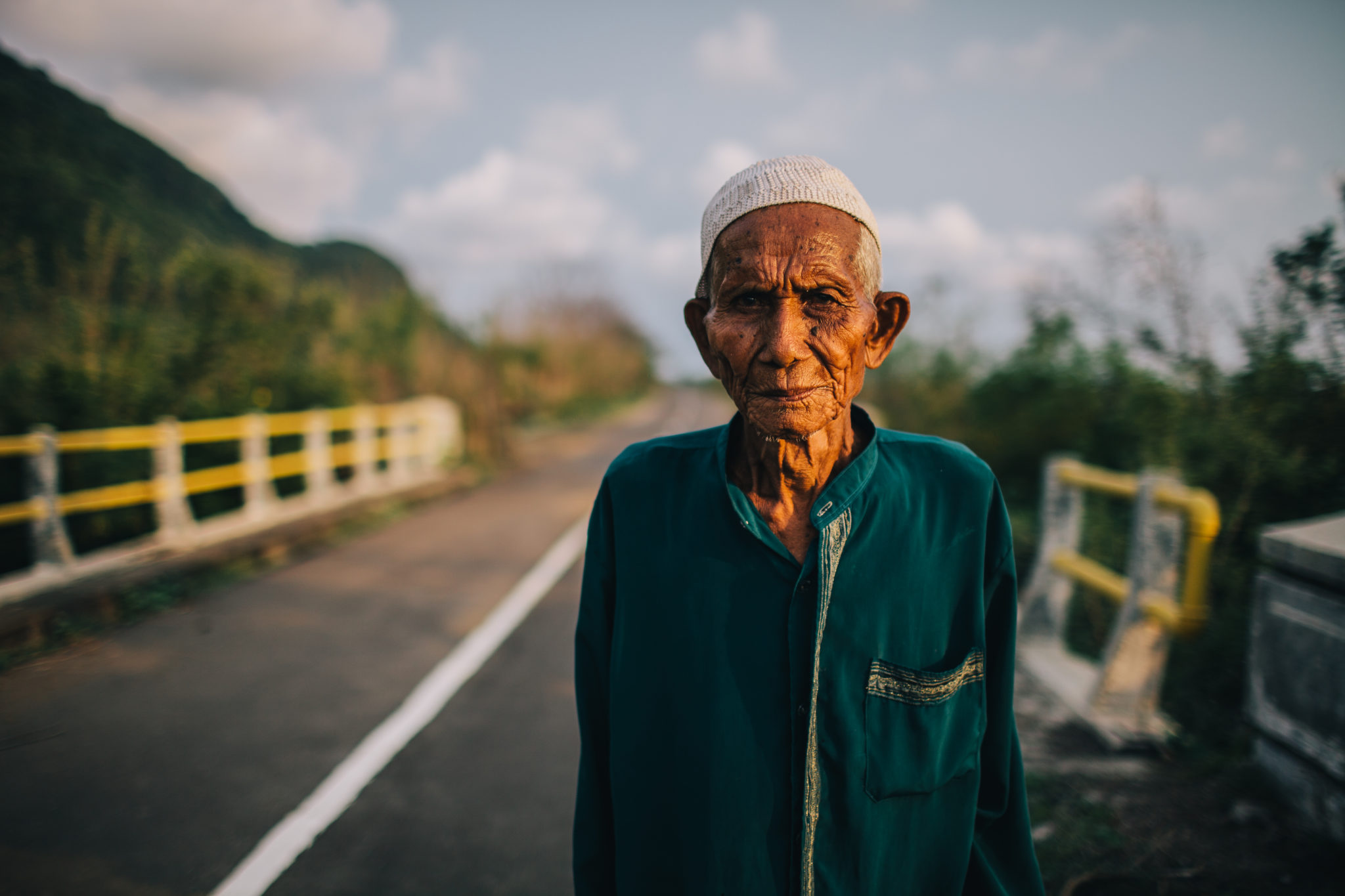
You have to be fast to keep up with Wahid. The scooter grumbles with every single pothole he drives over. It rattles and squeaks. We’re going into the jungle, he explains. Behind a dry riverbank, where giant water ox wallow, there is a small path leading uphill. A group of children will lead us into the forest. Even though Wahid knows the way, he is glad the people of Sumbawa are offering help. The caves are in the western part of the island and not the east, near Lakey Peak and Bima. The children point out the stones excitedly. A large family joins us, smiling and talking to the tourists who finally made the jump of going to the other side of the island.
The best way to experience Sumbawa is to go without a plan. Wahid has one, sure, but he won’t tell us what it is. He drives along the main street, as if he knew exactly where he wanted to go: he speeds, stops, shows us things that are hard to see from far away and brakes to say hello to acquaintances. He knows everyone.
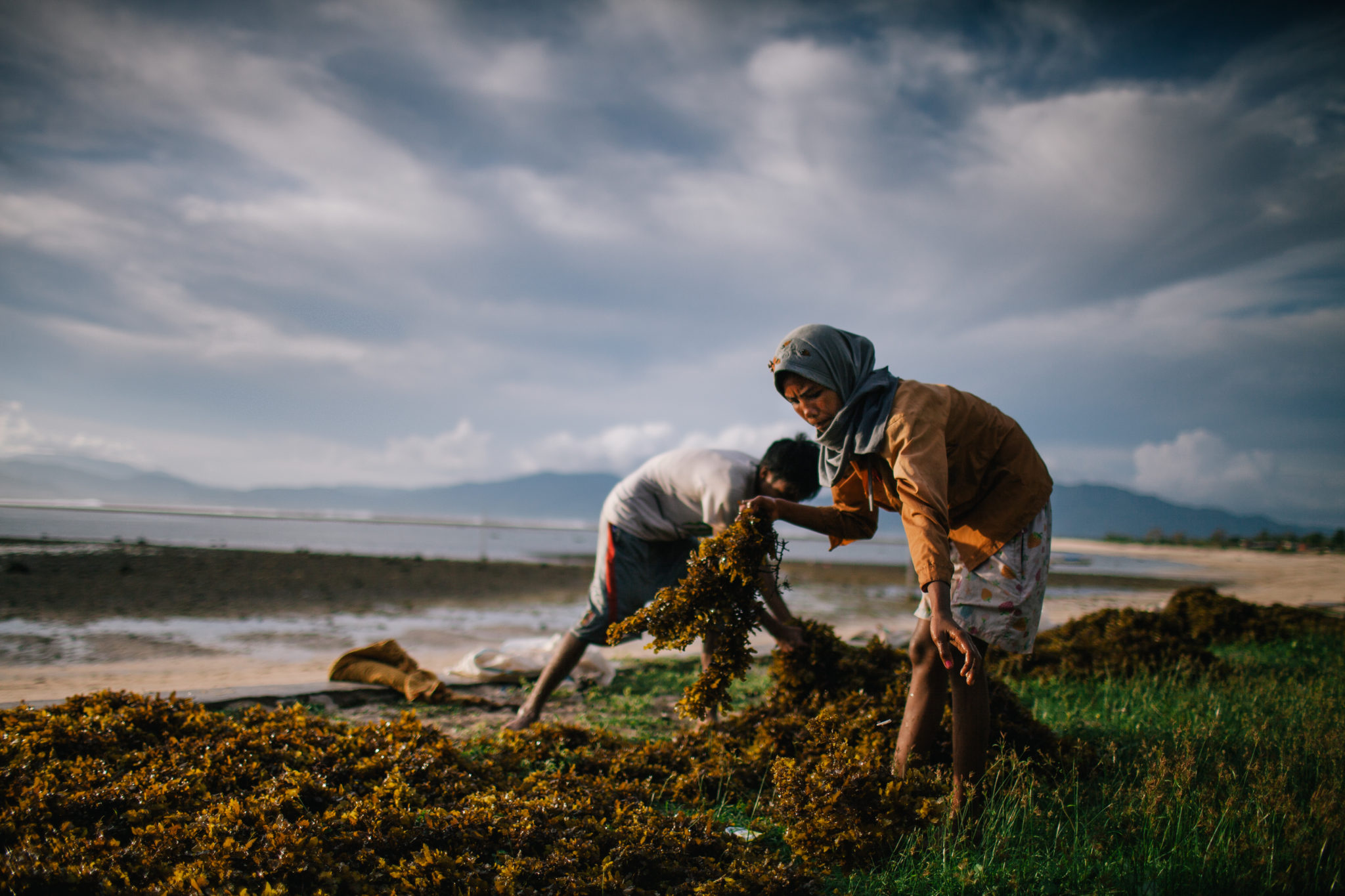
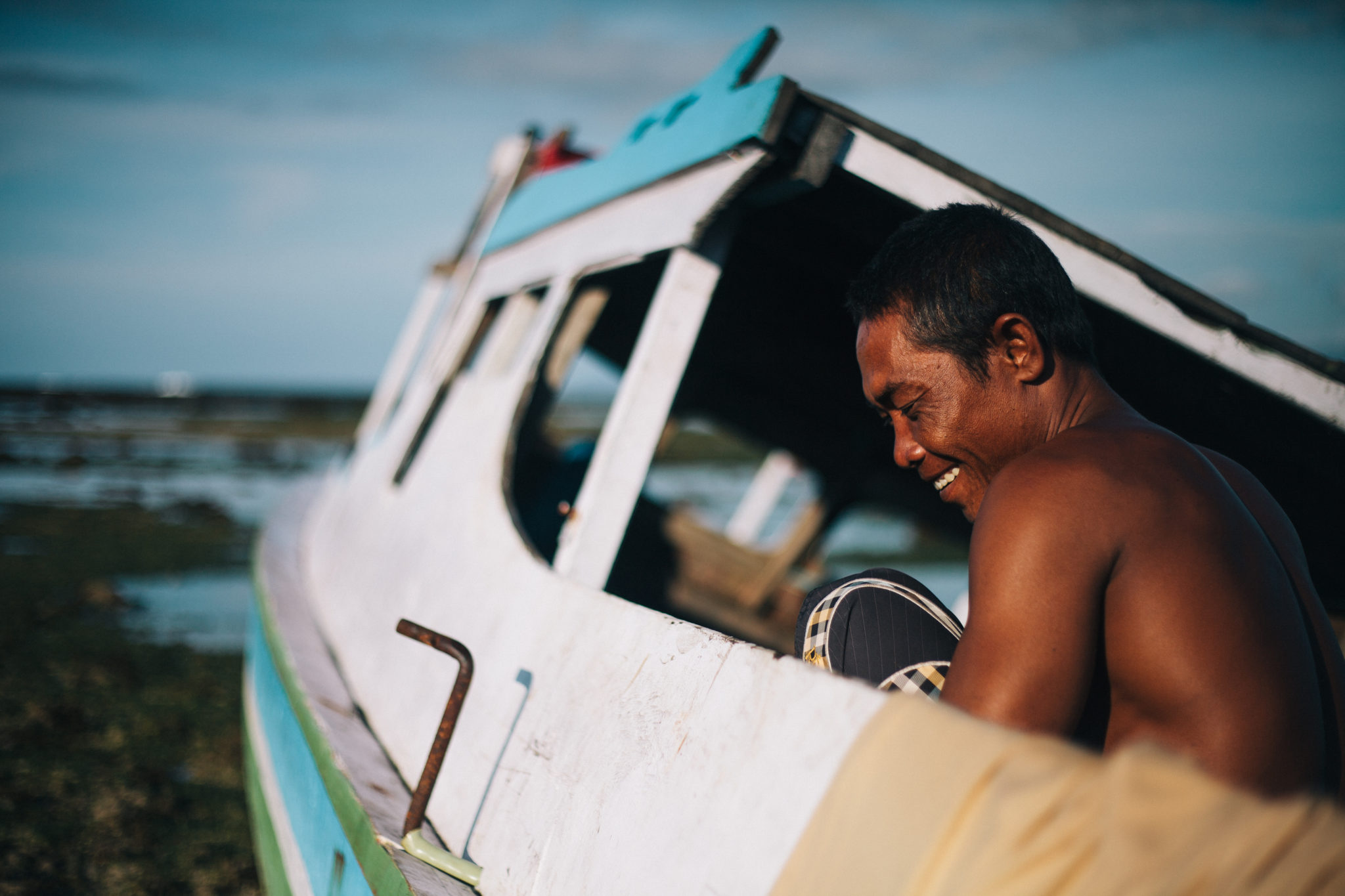
Suddenly, there is a smell of fish. The smell gets stronger with every curve we go around until Hu’u is visible. What sounds like the name of a hip beach bar on Bali is in fact a small fishing village that has managed to preserve its tradition as far as possible. On any other day, Hu’u is sleepy and quiet. The only noises are the motors from fishing boats, the laughter of children shelling prawns from the nets and the voices of fishers chatting about today’s catch.
Today, however, Hu’u is loud. The entire village is excited and on their feet. While the fishing boats plod along emptily, everyone is on plastic chairs under a marquee on the edge of the street. The occasion is a wedding. Upbeat music is playing out of old boxes. Only the bass can be heard, the voices and the sounds of music are lost among the crowd.
When Wahid comes around the corner with his new friends, everyone breaks into a welcoming laugh. No chance of driving ahead. The calls of “Mister! Mister!” are back once again. In no time at all, the kids from the wedding party are running down the street, pulling Wahid into the room.
They point to a chair for him on the front row, insisting kindly in a way that only children can. Wahid grins. He doesn’t have the English to explain what is going on, but he knows exactly what’s going to happen. Muslim weddings have their own rules on the island of Sumbawa – tourists belong onstage. Wahid makes himself comfortable on a chair and watches the fun begin. While the tourists are dancing with the bride and groom and their family on stage, the bass gets the whole village clapping and Wahid beaming. So this is why he was in such a hurry!
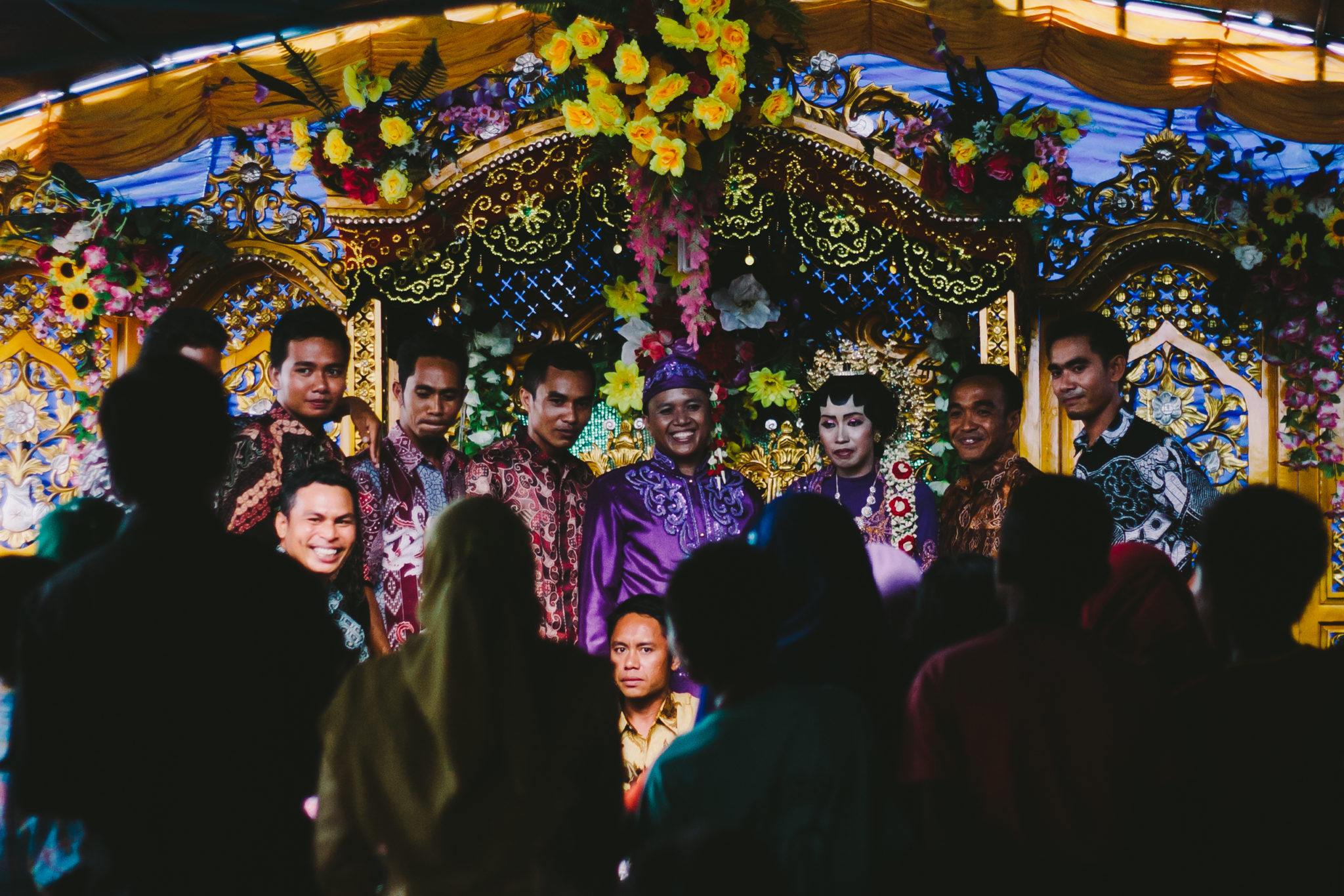
After the party, Wahid sits happily and satisfied on his scooter. One last time, he waves, says goodbye and drives towards Lakey Peak. He doesn’t want to be thanked – neither does anyone in Sumbawa, it seems. The island is the very definition of an unlikely find. The people themselves make it a perfect travel destination, despite no sightseeing opportunities. They take the void and fill it with joy for life and helpfulness, just as they expect from those visitors who shun the waves and the surf for the inner island, meeting people who are unique and open. We may not be able to communicate so well verbally, but we communicate sincerely. We play cards on the Lakey Peak beach – the only thank you Wahid will accept.


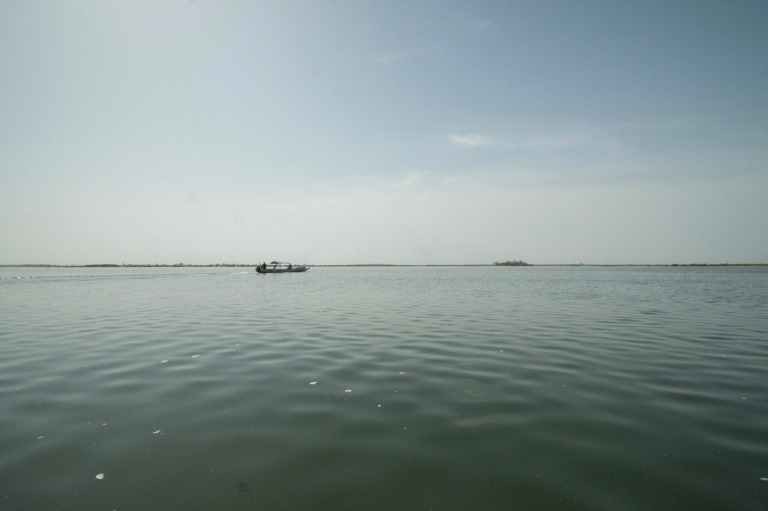
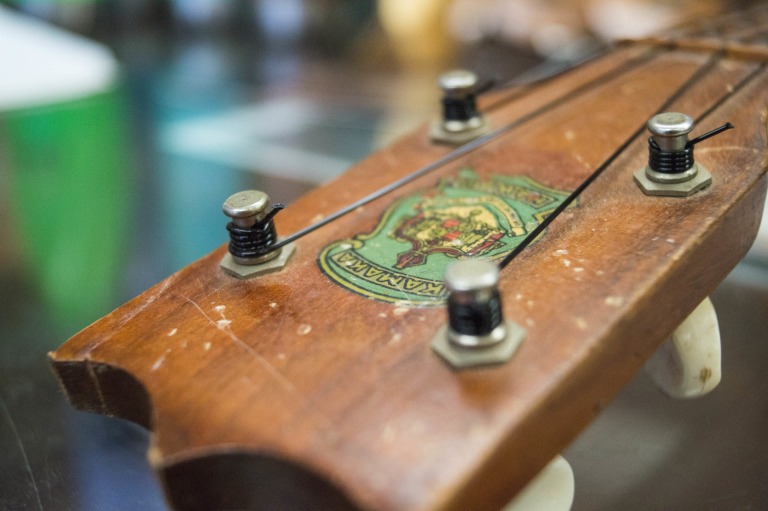
No comments yet.
Be the first to comment on this post!